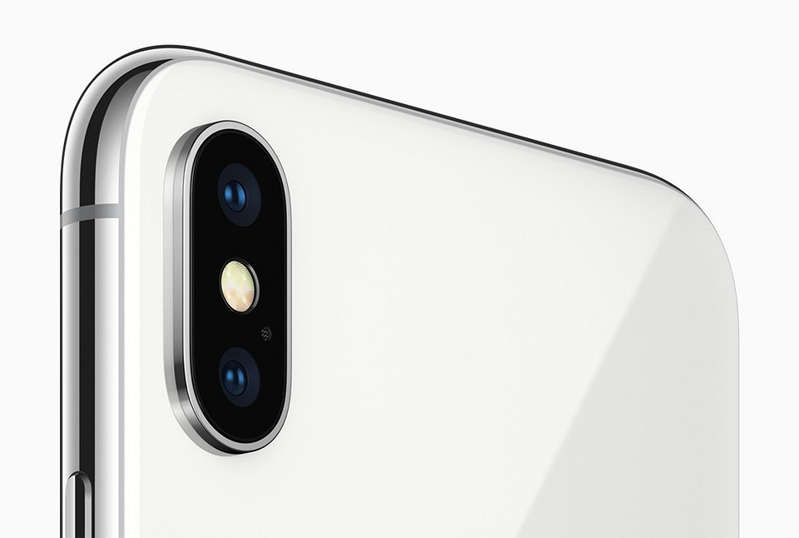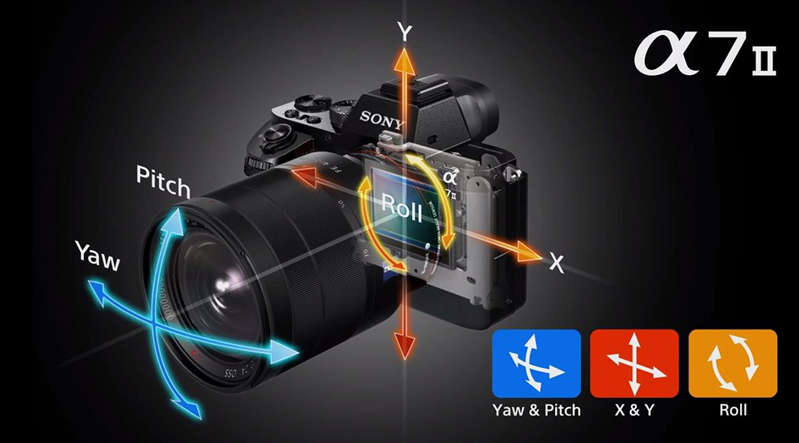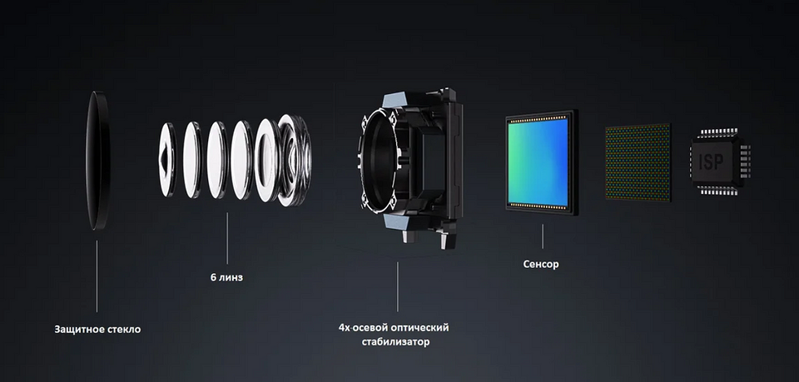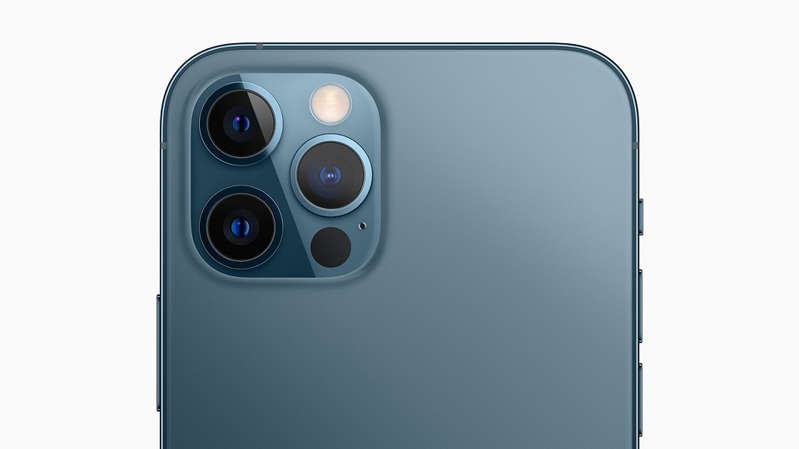
Why do you need image stabilization in smartphones and cameras at all? To get a clear picture, both the subject and the camera must be rigidly fixed. And if there are no problems with the object (of course, if it is not a child or an active animal, to whom you cannot explain the shooting rules), then it is more difficult with the gadget itself.
If you shoot from a short distance in good weather, the shutter speed on the camera will be rather short.
And if you can't use a fast shutter speed? For example, you are shooting on a cloudy day and there is not much light. It's good when you have a tripod or at least a fixed element where you can put the gadget (for example, a granite parapet). But if you still have to shoot handheld, the stabilization system comes to the rescue. Its task is to compensate for the shaking of your hand.
Stabilization: external and built-in
Stabilization is divided into active and passive. The first includes all kinds of gimbals, steadicams and other devices that stabilize the camera in space. Such accessories today are used not only by professionals, but by everyone in a row – there are enough stabilizers on sale from many brands, designed for a wide variety of wallets. Another thing is that you need to be able to use all this, and passive stabilization does not require any special knowledge.

Passive stabilization is already built into the camera itself and works either on the principle of optical image stabilization (OIS), or on the principle of digital image stabilization (Electronic Image Stabilizer or Digital Image Stabilizer, EIS or DIS). Both solutions are used in modern smartphones, but how are they different and which one is better?
Optical stabilization: pure mechanics
The general task of stabilizers is to make the final image clear, but systems achieve this in different ways. OIS, which appeared earlier, is a whole complex: a stabilizing element of the lens, capable of moving vertically and horizontally, with the help of electric drives “maneuvers” according to commands from gyroscopic sensors in order to completely compensate for camera movements in the projection of the image on the film or matrix of digital cameras.

Five-axis stabilization in the camera Sony Alpha ILCE-7C
Later, a system appeared in which movements were compensated for with the help of a movable matrix inside the camera body – this made it possible to use interchangeable lenses, albeit at the cost of slightly less efficiency. But this can only be noticed in very difficult shooting conditions.
Over time, optical stabilization systems have appeared in smartphones. Not so long ago, we tested the vivo X60 Pro, which uses just such a system. You can watch the video how it works.

Xiaomi Mi 5 smartphone camera device
Digital stabilization: software solution
Digital stabilization also fights against blurry images, but does so without mechanical “help”. With EIS, a part of the pixels of the camera's matrix does not form a picture, but works as a reserve – when moving, the processor understands that the image will be blurry and uses these “spare” pixels to compensate for the loss. As a result, the frames are clear, but often less quality than the same image, made using a device with optical stabilization. At the same time, the implementation of such a solution requires less costs, and therefore digital stabilization is often found in budget devices.

Flagship smartphones usually have a combined stabilization system in which OIS is complemented by EIS. This allows you to achieve the highest quality image, although, for example, Google in its Pixel line uses only digital stabilization – the company's software is of high quality, and it makes it possible to take very good shots. Another thing is budget devices, the creators of which save on components and as a result, it turns out that the camera components themselves are not the best, besides, the weak hardware does not allow implementing the highest quality EIS algorithms, so that the result is photos that are without tears can only be viewed on the screen of the same smartphone.

Optical or digital stabilization: which is better?
So in the end, which option is better? Definitely optical. But it is not so easy to implement it – especially in compact lenses of smartphones. Therefore, such systems are used mainly in expensive gadgets. Most of our pick of the best camera phones of 2021, for example.
Digital stabilization is the “economy option”. Better than none, but not as effective as optical. These are usually found in mid-range smartphones.

